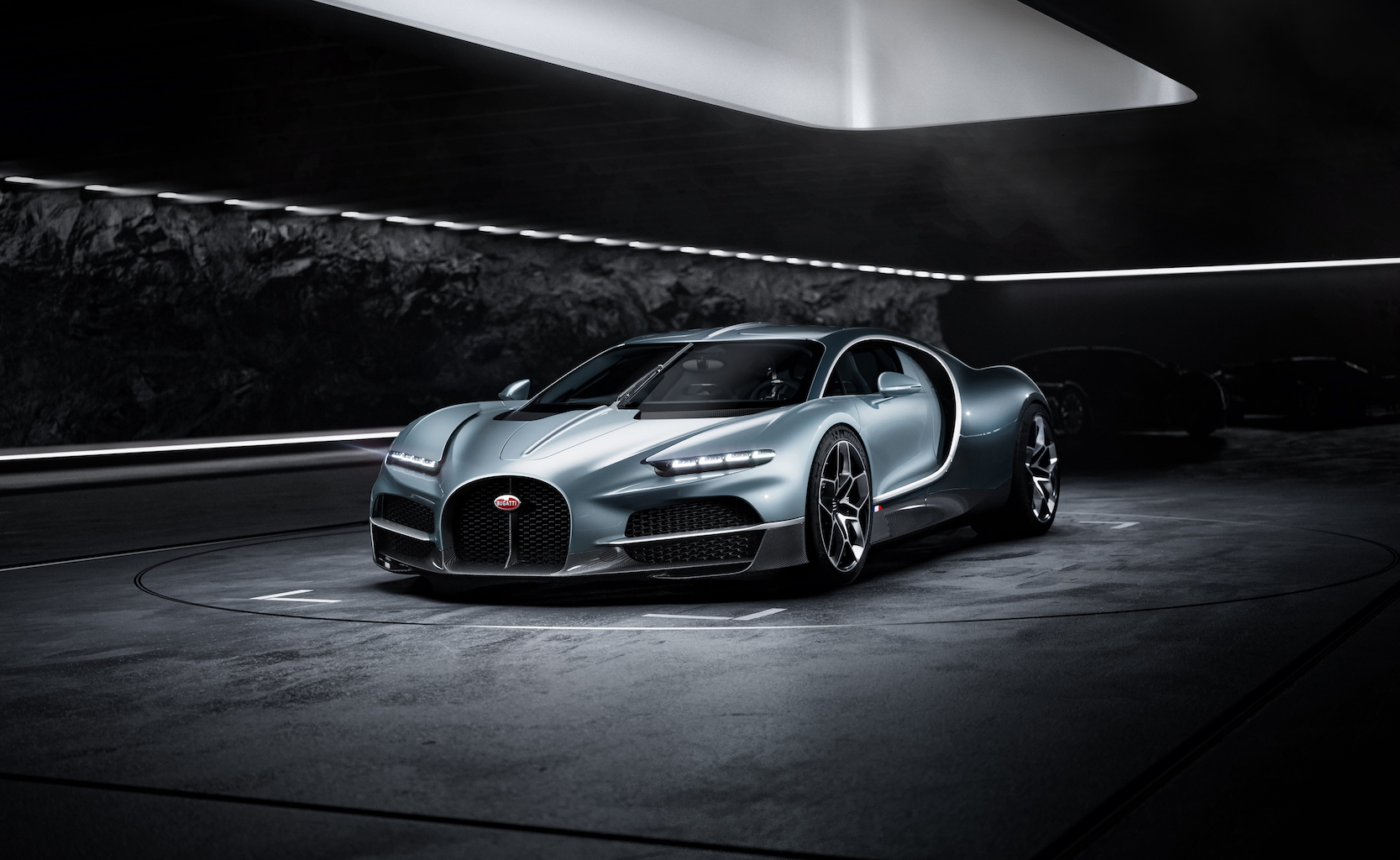Bugatti’s $4M+ hyper hybrid
Not long ago, when Porsche turned Bugatti into a joint venture with EV supercar maker Rimac, speculation swirled that the Chiron and its offshoots would be the final purely internal combustion cars from Bugatti. Subsequent cars would either be hybrids or EVs.
We knew then that Bugatti would be retiring its quad-turbo W-16 engine, just as fellow Volkswagen Group member Bentley was sending its W-12 into the sunset. Also correct was that the new Bugatti would come with electric motors and a battery. Now we know those are part of a monster hybrid setup with a new V-16 gas engine (yes, a V, not a W).
Meet the new Bugatti Tourbillon and be prepared to ante up $4M+ to get one of these 277-mph hyper-hypercars.
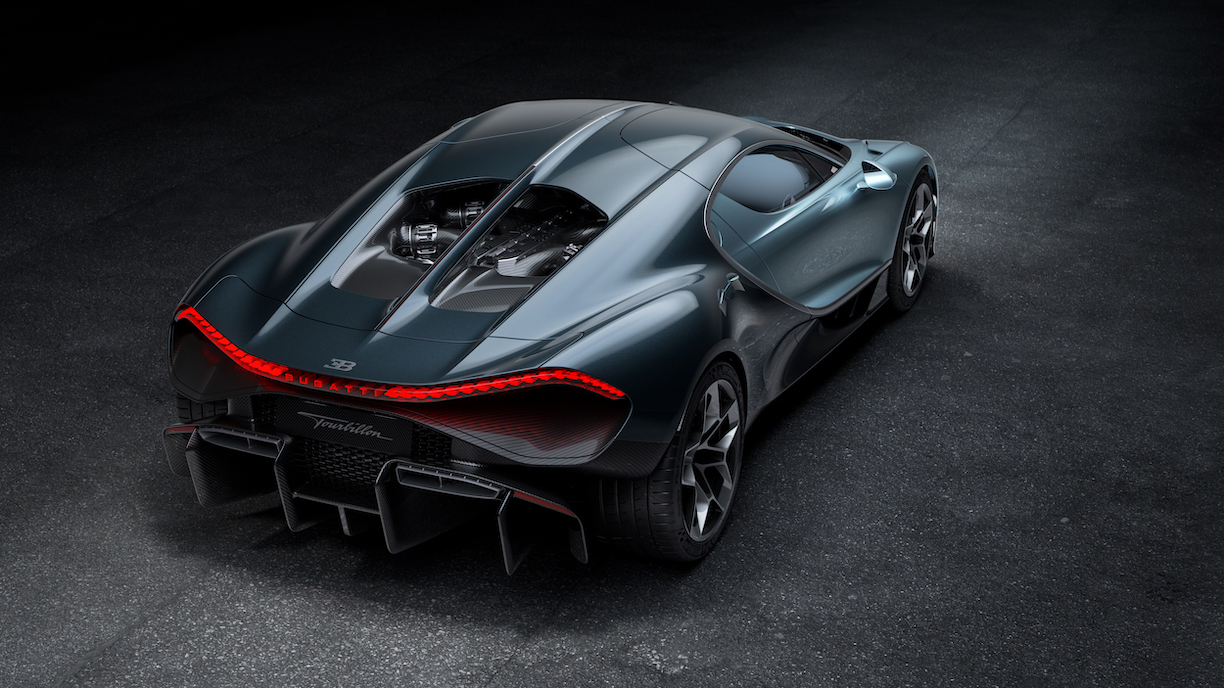
Bugatti Tourbillon Throws a Curve Ball
Going only by sheer acceleration numbers, EV hypercars should seemingly hold an edge over ICE hypercars. Just ask Mate Rimac, the young EV wunderkind who impressed Porsche enough to form a joint venture with his company. That venture, is the reconfigured Bugatti. And so, it probably makes sense that such a partnership would combine the EV and propulsion worlds with a hybrid.
Ferrari, Porsche, McLaren, and now even Lamborghini and the Chevy Corvette have joined the hybrid ranks with great effect on performance. Bugatti took the hybrid concept and supersized it. We’d say “supercharged,” but the internal combustion part of the equation does not use any kind of forced induction in the Tourbillon.
Bugatti partnered with Cosworth to develop an all-new 8.3-liter V-16 to replace the automaker’s retired 8.0-liter W-16. To use a non-automotive sports metaphor, Bugatti has thrown a curve ball here.
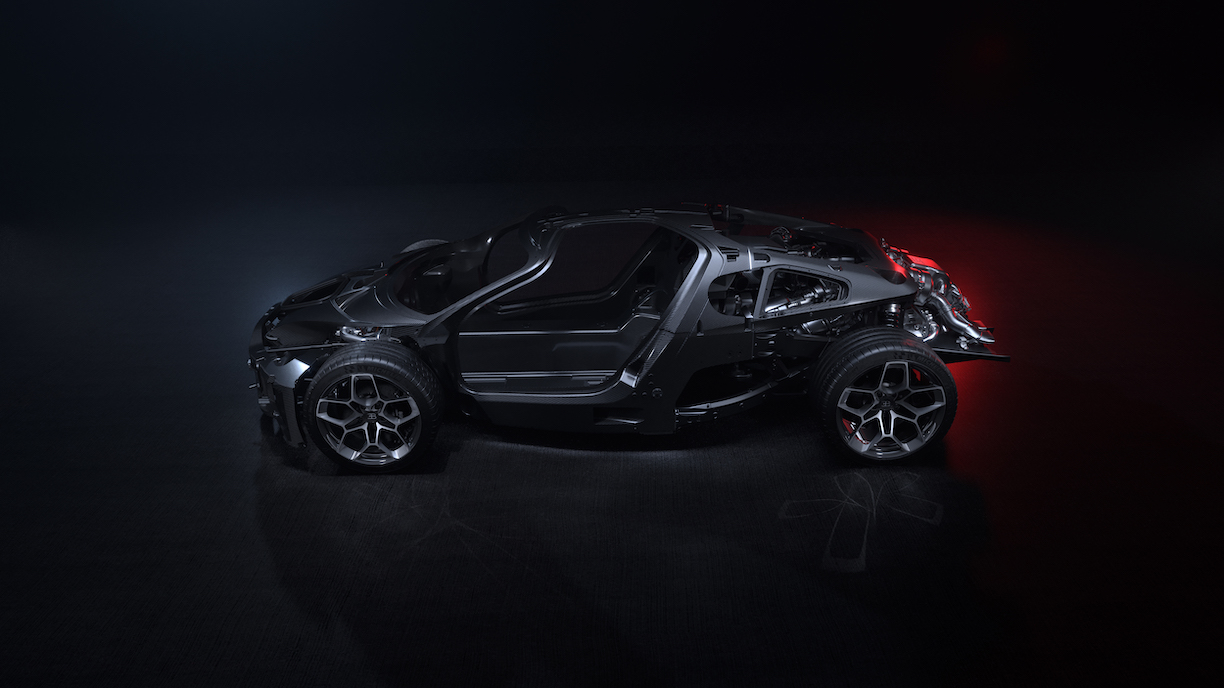
It’s a Bugatti, Alright
Before delving into the mechanical innards of the latest Bugatti, let’s have a look at the externals. At a quick glance, the Tourbillon looks like a pure Bugatti. That is, it shows an evolutionary step from the Chiron, despite the revolutionary step in powertrain. When you’re building a 277-mph car, aerodynamics rule the shape, but Bugatti has done a masterful job at giving that shape style. New to this model are dihedral doors, like a McLaren’s, but that wrap into the roof, like the original Ford GT-40 racecars.
It’s always a stretch to try linking design inspiration across eight decades, but in this case, Bugatti managed to give the Tourbillon a feature from the late 1930s Type 57 Atlantic: a spine. This feature bisects the split rear window, follows over the roof and continues onto the hood. Cleverly, Bugatti uses the Tourbillon’s single large windshield wiper to continue that line in its central resting position.
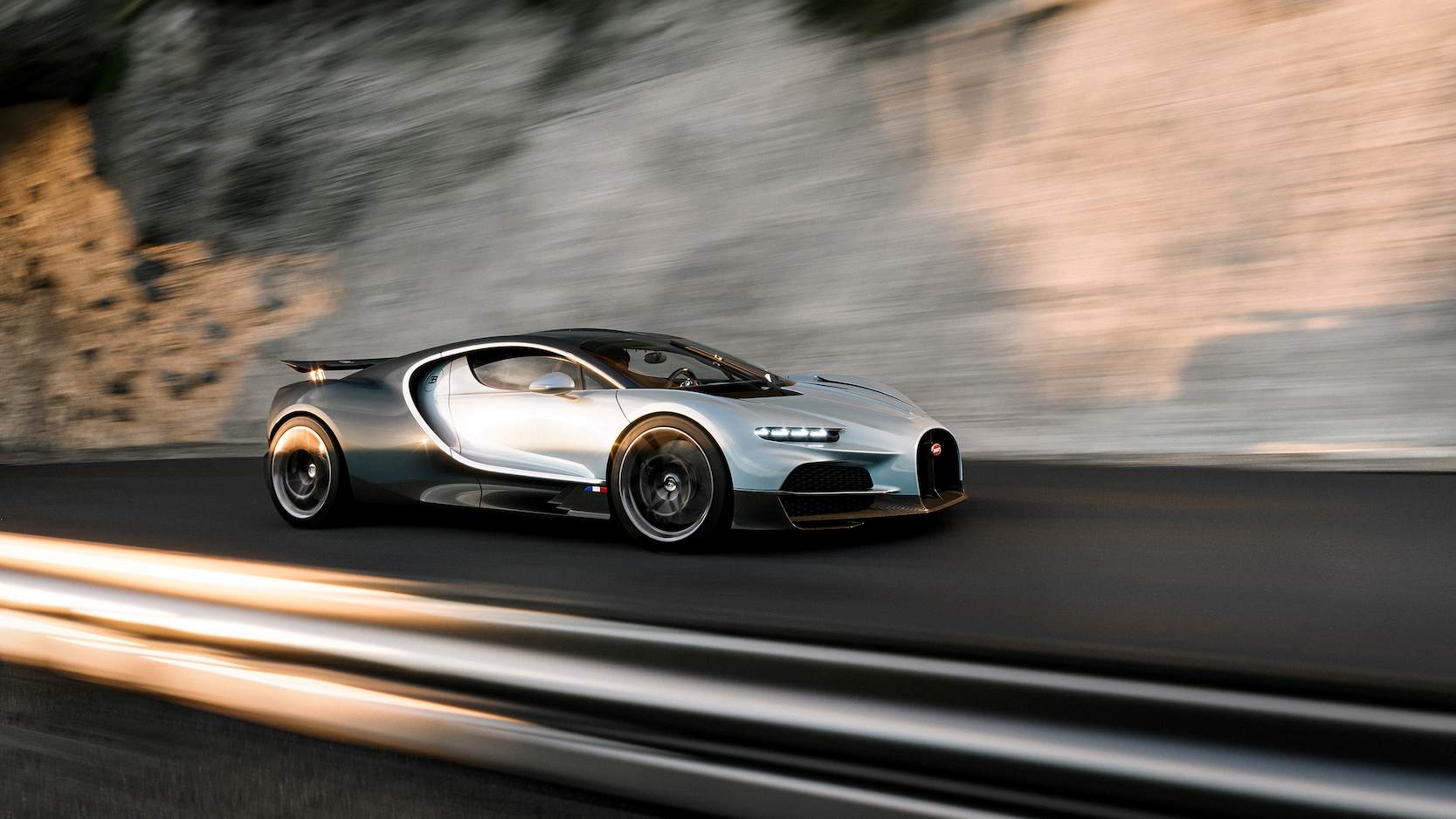
A Word About That Name
Even older than the Tourbillon’s design muse is its name. If you are a watch enthusiast or collector, you already know what a tourbillon is. Patented in 1801, it is a round, rotating cage that encompasses the watch’s movement and mitigates the effect of gravity on the watch’s accuracy. Appropriately for Bugatti, the word is French for “whirlwind,” and modern watches that use it usually showcase this mechanical movement as a stunning visual feature.
Speaking of watches, you might know that Bugatti had partnered with Jacob & Co. for the limited-edition Bugatti Chiron watch in 2020. Priced at $280,000 and featuring a miniature rendition of the W-16 engine, just 250 were made. The new Bugatti Tourbillon watch features a sapphire engine block with 16 tiny cylinders that run in an animated sequence.
The watch also has small dials resembling the Tourbillon’s instrument cluster which, in turn, was designed to resemble the inner workings of a high-end collector watch. The watch company will make 150 of them, so not even every Tourbillon buyer can get one. The watch price will be about $340,000 – around the same as a Ferrari 296 GTB.
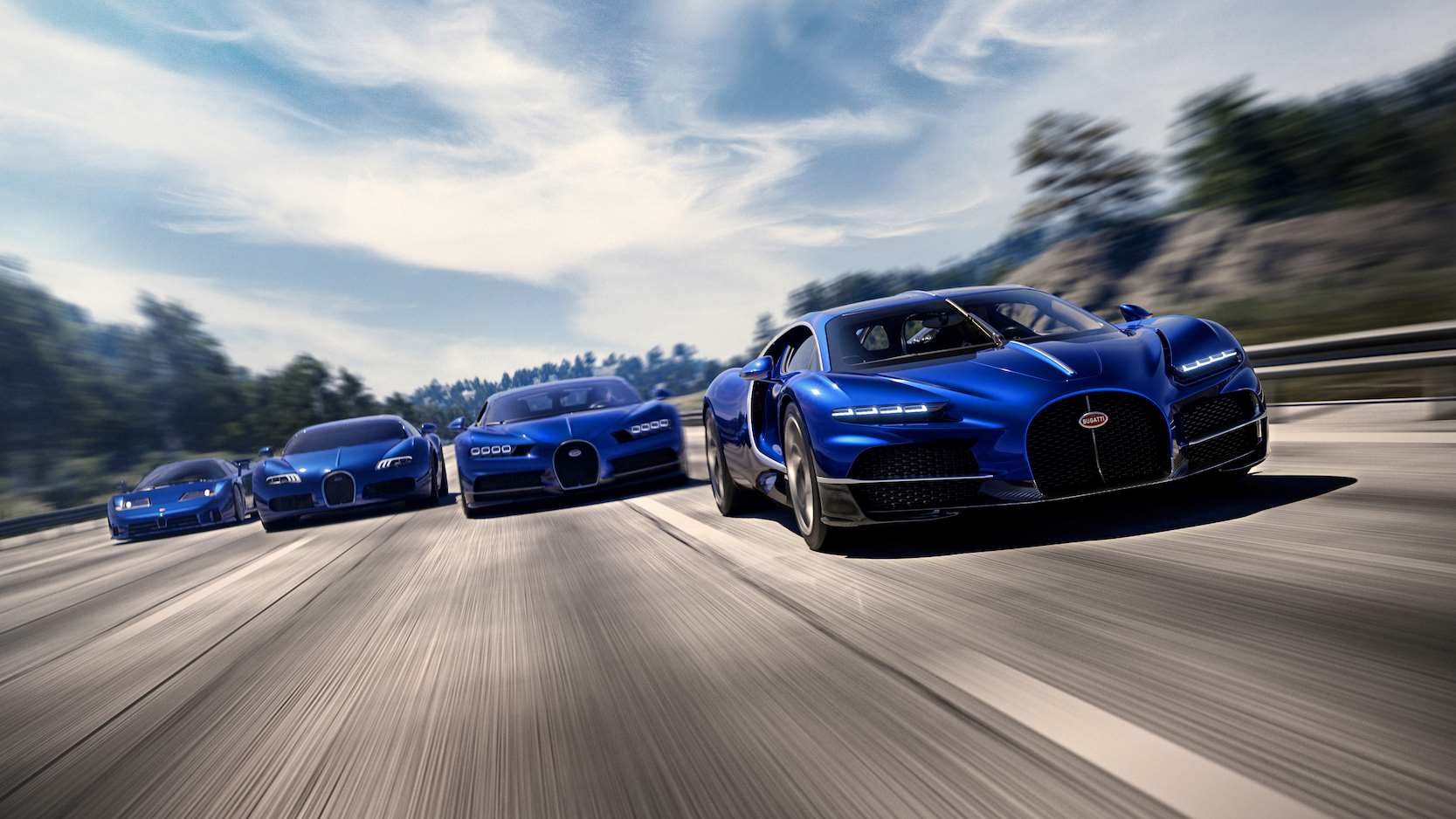
Hyper Hybrid
Getting back to our main topic, the Bugatti Tourbillon laughs at the trend to de-escalate cylinder count and forges ahead with a V-16, a configuration not seen since the 1930s – and never before from Bugatti. As noted above, there are no turbos this time around, just natural aspiration and a 9,000-rpm redline that give this engine a maniacal sound.
The V-16 by itself delivers 986 horsepower and 664 lb-ft. of torque. But this is a Bugatti, not a Ferrari, so those numbers simply won’t do in a $4M+ car. Rimac’s EV expertise shows in with three electric motors – two at the front wheels and one at the rear to contribute another 789 horsepower for a total of 1,775 hp. The Tourbillon has its eight-speed dual-clutch automatic transmission behind the gas engine.
The new gas engine weighs just 550 pounds, versus nearly 1,000 for the previous W-16 with its turbos, intercoolers, and associated hardware. The electric motors and 21.0-kWh lithium-ion battery pack add 660 pounds back in, but Bugatti claims the Tourbillon is no heavier than the Chiron it replaces.
The upshot is that the new combo easily outpowers the 1,578-horsepower sock-it-to-me punch from the Chiron Super Sport. Bugatti estimates the Tourbillon will do 0-60 in two seconds and reach 250 mph in about 25 seconds. You can also run the Tourbillon on battery alone for about 35 miles, according to Bugatti.
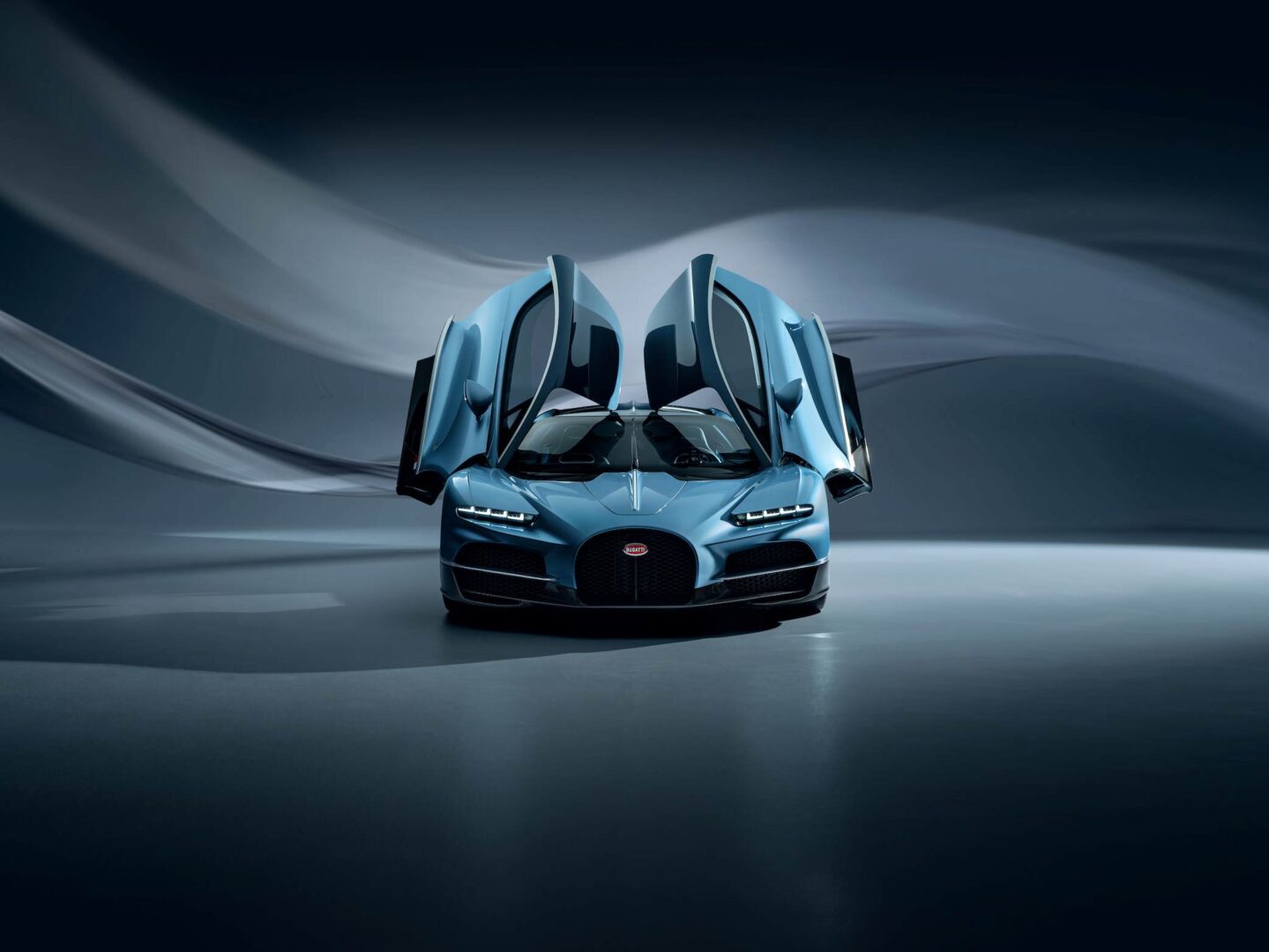
No Screens
There is something that the Bugatti Tourbillon lacks that should be cause for celebration among car some enthusiasts: screens. The instrument panel with watch-like gauges stands out for elegant simplicity in a time when luxury cars are going wall-to-wall with dashboard screens. The gauges are made by a Swiss watchmaker and are covered with the scratch-resistant milled sapphire crystal used on high-end watches.
Bugatti will start making the Tourbillon in 2026.


